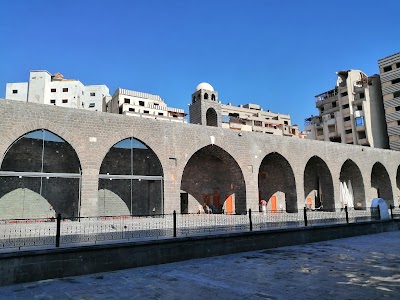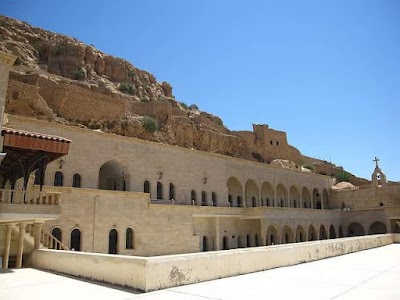Qal'at al-Ninawa (Nineveh Citadel) (قلعة نينوى)
Overview
Introduction to Qal'at al-Ninawa
Nestled in the heart of modern-day Iraq, the ancient site of Qal'at al-Ninawa, or Nineveh Citadel, stands as a testament to the grandeur of one of the world's oldest civilizations. This historic fortress, located near the city of Mosul, dates back to the 7th century BCE and was the capital of the ancient Assyrian Empire. Today, it is recognized as an archaeological treasure trove, attracting historians, archaeologists, and travelers eager to glimpse the remnants of a once-thriving metropolis.
The citadel itself offers a fascinating blend of history, culture, and breathtaking views. As you approach the site, you will be greeted by towering walls that speak of the strategic military importance Nineveh once held. The elevated position of the citadel provides a panoramic view of the Tigris River and the surrounding landscape, a sight that evokes the splendor of the Assyrian era. Imagine standing where ancient kings and queens once ruled, with the echoes of their legacies resonating through the air.
Historical Significance
Nineveh was known for its impressive architecture, vast libraries, and advanced governance, making it a beacon of civilization in the ancient world. The citadel was originally built to protect the city from invasions, and it played a crucial role in the defense of Nineveh against various enemies, including the Medes and Babylonians. While much of the ancient city has been lost to time, the citadel remains a powerful symbol of resilience and strength.
As you explore the site, you can witness the remnants of ancient structures, including the impressive walls made from mudbrick and stone. These fortifications were designed to withstand sieges and invasions, showcasing the engineering prowess of the Assyrians. Be sure to look for the remnants of the palace, temples, and other significant buildings that once adorned this grand city, as they provide a glimpse into the daily life and religious practices of its inhabitants.
Visiting Qal'at al-Ninawa
For travelers planning to visit Nineveh, experiencing Qal'at al-Ninawa is essential. The site is accessible from Mosul, which is well-connected by road. As you arrive, it's advisable to hire a local guide who can provide valuable insights and stories about the citadel's history, architecture, and the Assyrian culture. This not only enriches your visit but also supports the local economy.
When exploring the citadel, take your time wandering through the ruins. The site is relatively expansive, and each corner unveils something new and captivating. Photography is a must, so be sure to capture the stunning landscapes and intricate details of the ancient structures. However, always be respectful of the site and adhere to any guidelines provided by your guide.
Conclusion: A Journey Through Time
Visiting Qal'at al-Ninawa is more than just a sightseeing trip; it is a journey through time that connects you with the rich history of the Assyrian Empire. As you walk along the ancient walls and imagine the stories they hold, you become part of a narrative that stretches back thousands of years.
Whether you're a history enthusiast, an adventure seeker, or simply a curious traveler, the citadel offers an unforgettable experience. As you leave, you will carry with you not just memories of a remarkable place, but a deeper understanding of the cultural heritage that continues to shape Iraq today.





